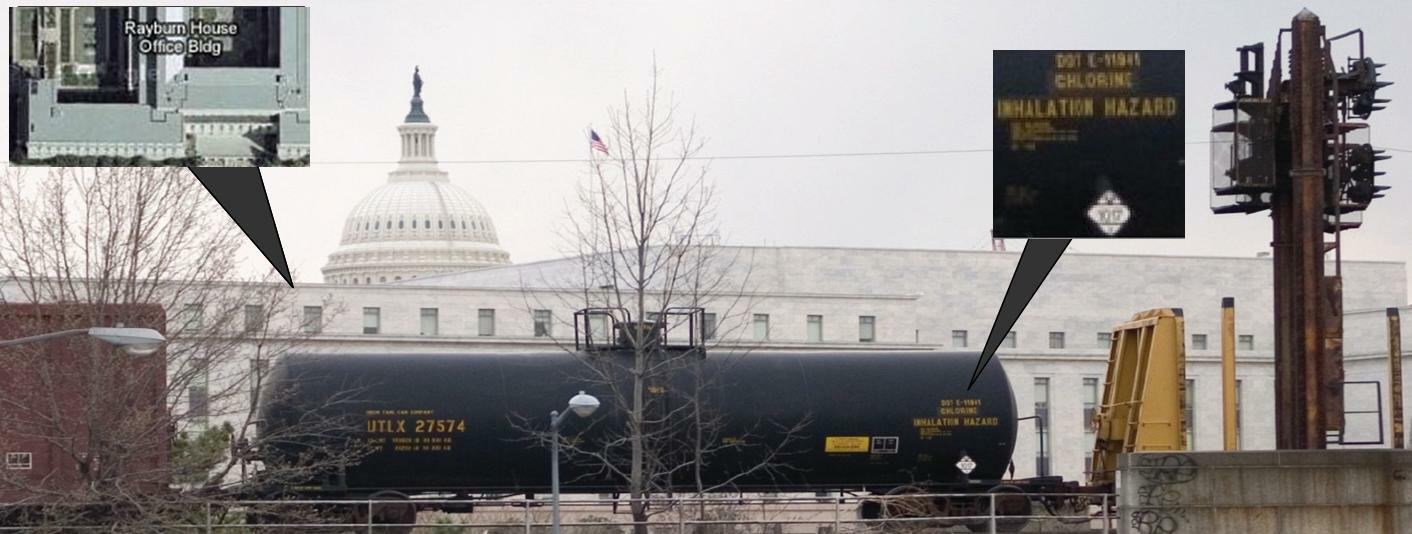In the United States, transportation of toxic by inhalation (TIH) chemicals by rail constitutes a hazard to the general public as can be observed in recent train incidents that resulted in loss of life, injuries, damage to infrastructure, activation of first responder resources, and multiple millions in costs for liability settlements. Furthermore, given the terrorist attack threat, railroads are vulnerable to malicious attacks with potential catastrophic effects to the public, economy, and national security. Carriers (railroads), shippers (chemical industry), federal and local authorities, and the general public have engaged in a national-level initiative to explore options to reduce this security risk. This paper investigates a simplified decision model to select train routes that minimize the security risk of an attack premised on using TIH materials as a weapon. The proposed model identifies basic transport cost, fatality, injury, and remediation as the primary parameters of interest to traffic managers. By combining indications and warning information from intelligence resources with these parameters, the model provides railroad traffic managers with an understanding of the effect of key drivers on route optimality. The model was applied to route analysis for the transport of chlorine between Alexandria, Virginia, and Philadelphia, Pennsylvania. It was found that in high risk situations, a railroad traffic manager should consider re-routing TIH material trains through longer but less populated areas to reduce risk. For low risk situations, the current, shorter route through more density populated areas constitutes a viable choice. This decision support model proposes a probabilistic, deterministic approach for estimating the chances and impacts of incidents and informs a simplified decision tree. An alternative approach suggests a stochastic solution should the deterministic approach prove computationally expensive.

